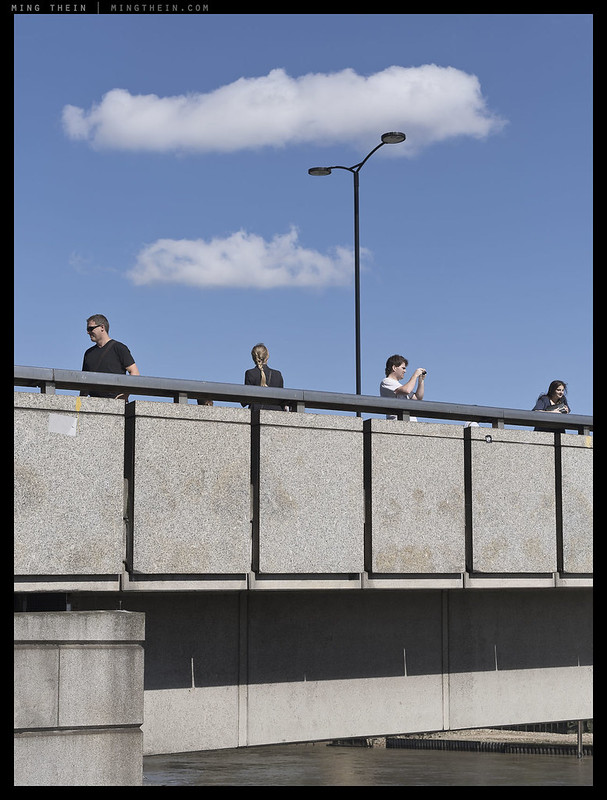Need advice from the wise people here. I'm put in a unique situation where I can choose between a GFX100 and a Credo/IQ 60 back.
Now, I shoot 90% of the time in a studio. If you consider all other things being equal, does shooting on a 54x40 sensor bring any optical advantages over the 44x33mm sensor?
Other considerations I have:
1. 60MP is adequate for the things I print. 100MP is somewhat overkill.
2. Focus is not a problem, since my subjects are humans and not moving much
3. Leaf shutter is helpful but I seldom shoot outdoors
4. Tether is important, thankfully I still can tether a firewire to thunderbolt
5. Both are 16-bit
6. GFX cost more than the Credo/IQ 60 (strange but true)
7. Spray and pray is not my style. I shoot slow.
Now, I shoot 90% of the time in a studio. If you consider all other things being equal, does shooting on a 54x40 sensor bring any optical advantages over the 44x33mm sensor?
Other considerations I have:
1. 60MP is adequate for the things I print. 100MP is somewhat overkill.
2. Focus is not a problem, since my subjects are humans and not moving much
3. Leaf shutter is helpful but I seldom shoot outdoors
4. Tether is important, thankfully I still can tether a firewire to thunderbolt
5. Both are 16-bit
6. GFX cost more than the Credo/IQ 60 (strange but true)
7. Spray and pray is not my style. I shoot slow.

